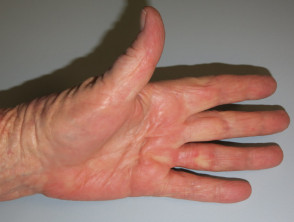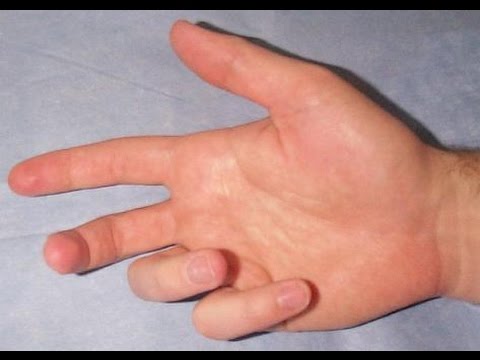
Contracture is a progressive condition of skeletal joints, which leads to deformity of the joint
When this deformity is not immediately diagnosed and treated, the joints may become too weak and fail to heal properly. The condition has no cure, although it may be relieved through surgery or some other treatment.
Contractures are caused by a number of factors, including spinal cord injury, infections of the brain and nervous system, and hereditary diseases. Nerve damage is one of the most common causes. In addition, many genetic factors are believed to be responsible for this condition. Other symptoms of this condition may include deformity of the bones, decreased range of motion, and weakness and pain in the affected area.
Muscle contracture can be caused, among other things, by muscle weakness, bone deformity, or nerve damage. The muscle can contract if not under pressure. Because the body is under pressure during muscle contraction, the muscles become stiff and may not move properly. This causes a feeling of tightness and discomfort in the joint. Some examples of muscle contracture are hump in the foot in a child or bursitis in an adult.
Nerve damage can also cause soft tissue, called calluses, to form around the bones. This condition, known as atrophy, can affect bones and cartilage. The result is bone deformation. As a result of the formation of soft tissue around the bones, pain, stiffness and irregular movement can occur.
It is believed that some hereditary syndromes also cause contractures. These conditions include paracentesis syndrome and polycystic ovary syndrome. Both of these conditions cause abnormal growth of bones and ovaries. They are also thought to have contributed to the onset of osteoporosis in adults.
A bone or joint that is deformed due to deformation due to a tumor can also develop contracture. Bone swelling can cause the body to produce excessive amounts of growth hormone (a hormone that stimulates bone growth). This condition can lead to joint deformation, deterioration of the joint, or contracture. The same can happen with a bone tumor in the thigh, knee, or lower back.

Another possible cause for contracture may be a disease of the kidneys or bladder. One type of kidney disease that may cause this condition is renal colic, which occurs due to stress on the urinary system, causing the body to retain urine longer than normal. This abnormal retention may lead to the production of urine that is harder than normal, causing pain or discomfort in the affected area. Urinary tract infection may also lead to contracture.
Abnormal bone growth, known as bunion deformity, may also cause contracture. This condition occurs when a bone spur protrudes from the joint. It may be caused due to stress to the bone itself, or from a change in the shape of the bone.
Paralysis may also cause contracture. The muscles of the legs may become paralyzed due to problems related to this condition.
Abnormal growth may also cause the condition. This may involve growth of extra bones in the joints. This is sometimes associated with a disorder of the spinal cord. This problem may cause the bones to grow too quickly, causing contracture in the form of a herniated disc.
Protrusion of the bone may be another cause of contracture. This may be caused by a bone tumor that becomes trapped inside the joint. This type of tumor may also cause the formation of abnormal growth of bone around the joint.
Treatment for contracture may involve surgery to treat the underlying cause of the condition. In some cases, patients may need to use splint or immobilization devices during daily activities until the condition is resolved. In most cases, the cause of the condition must be addressed before it can be treated effectively.